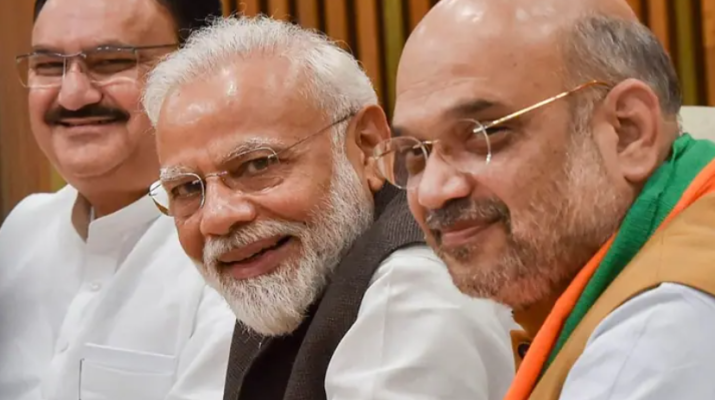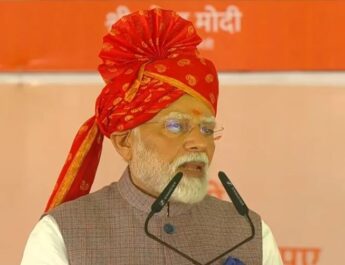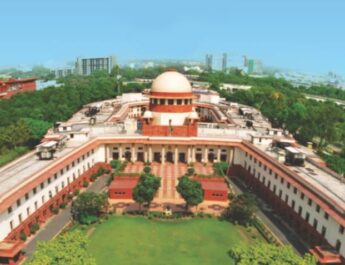Why did BJP suffer loss in UP, internal review of BJP
In a significant turn of events during the Lok Sabha elections, the Bharatiya Janata Party (BJP) faced a substantial setback in Uttar Pradesh, India’s most populous state. The party’s defeat in UP has prompted an introspective search for the underlying causes. On Saturday, June 22, UP BJP President Bhupendra Chaudhary met with BJP President JP Nadda to discuss the matter, presenting a report that outlined the factors contributing to the party’s poor performance in the state.
Chaudhary’s report to Nadda included insights from a review meeting held in Ayodhya with Mahant Raju Das, where details of a confrontation with the District Magistrate in the presence of two ministers were shared. The BJP had anticipated a win in the Ayodhya-Faizabad Lok Sabha seat, especially in the wake of the Ram temple construction, but the Samajwadi Party’s Awadhesh Prasad emerged victorious, a result that was hard for the BJP to accept.
For what reasons did BJP lose?
The BJP’s analysis has identified several key reasons for its defeat:
The arbitrary actions of officials during the Lok Sabha elections.
The neglect of feedback from Lok Sabha representatives during the electoral process.
Public discontent over contract-based recruitments and the absence of reservation policies.
Statements made by BJP leaders suggesting changes to the Constitution.
Allegations of voter list manipulations.
How many seats did BJP get in UP?
In terms of seat distribution, the BJP secured 33 out of the 80 Lok Sabha seats in UP, a significant decrease from the 62 seats won in the 2019 elections. The party’s allies, Apna Dal and RLD, won one and two seats respectively, bringing the National Democratic Alliance’s (NDA) total to 36 seats.
Conversely, the India Alliance performed strongly in UP, securing 43 seats. The Samajwadi Party won 36 seats, the Congress won 6, and the Trinamool Congress, despite contesting one seat, did not emerge victorious. This brought the total for the All India Alliance to 43 seats, indicating a shift in the political landscape of Uttar Pradesh.




